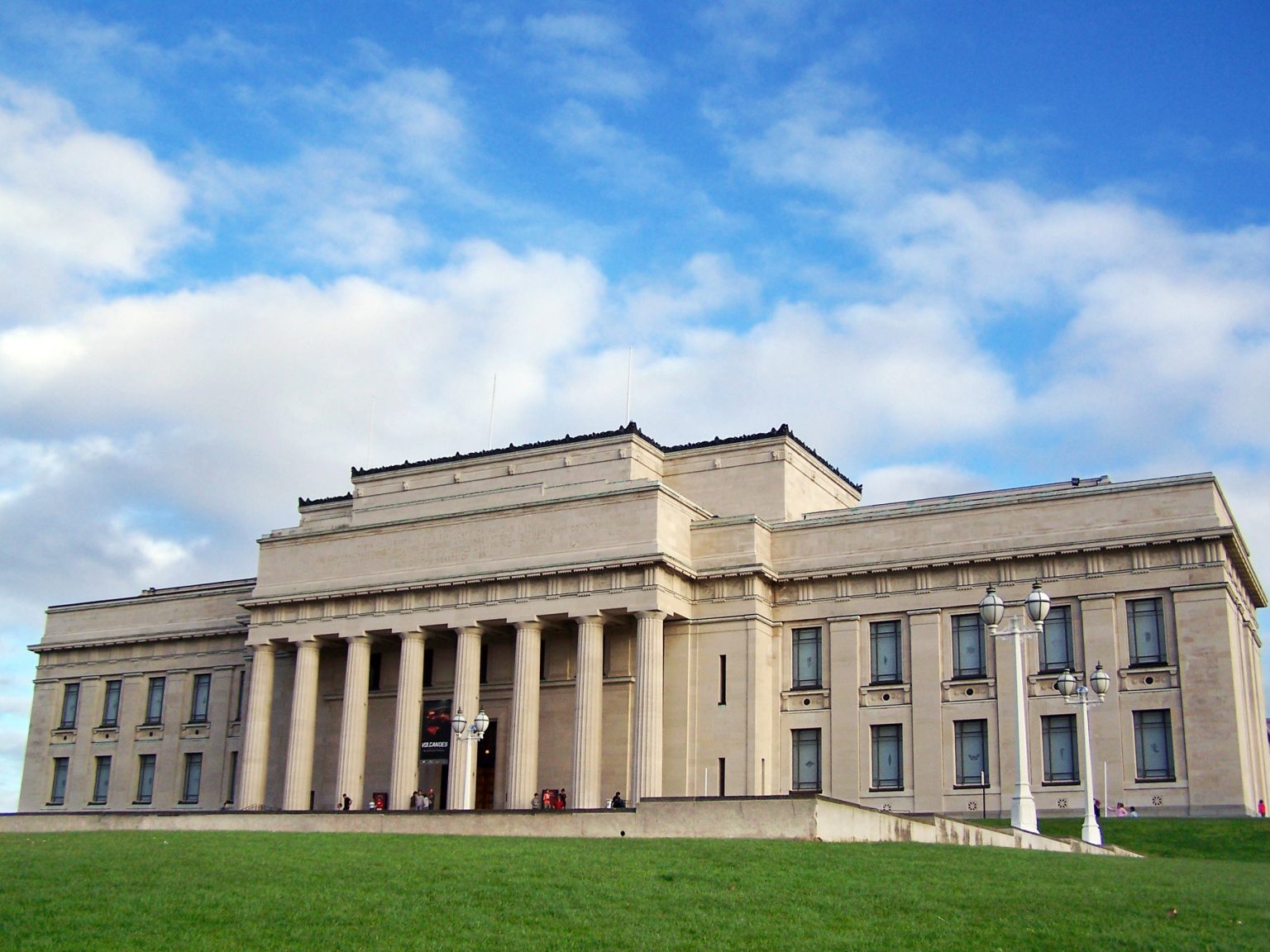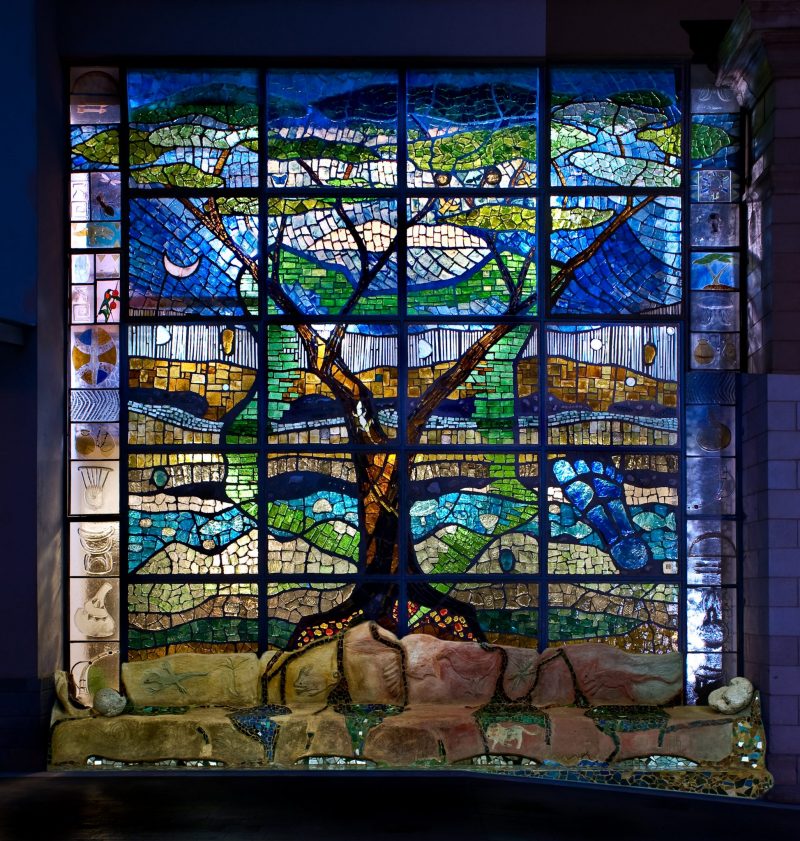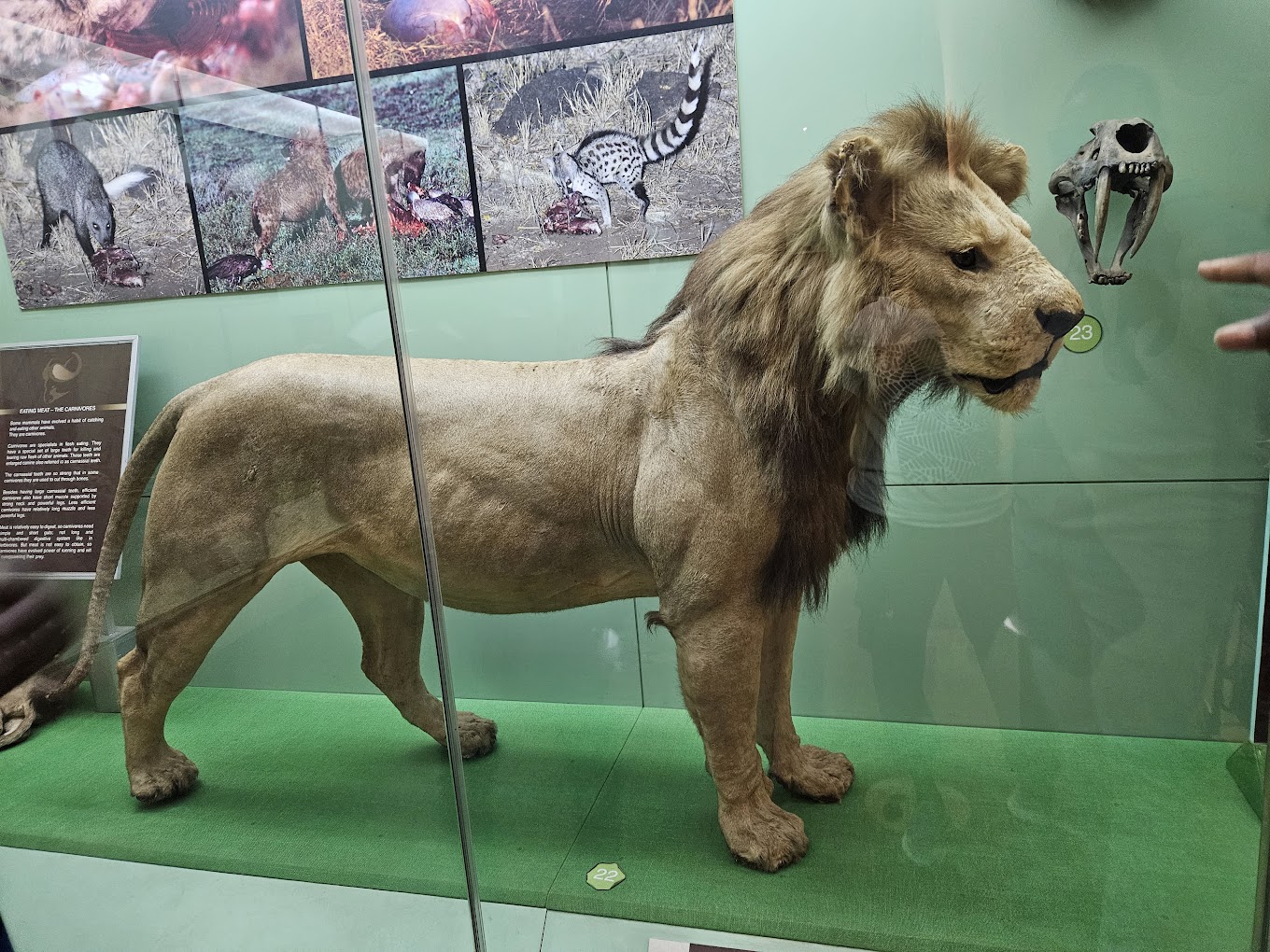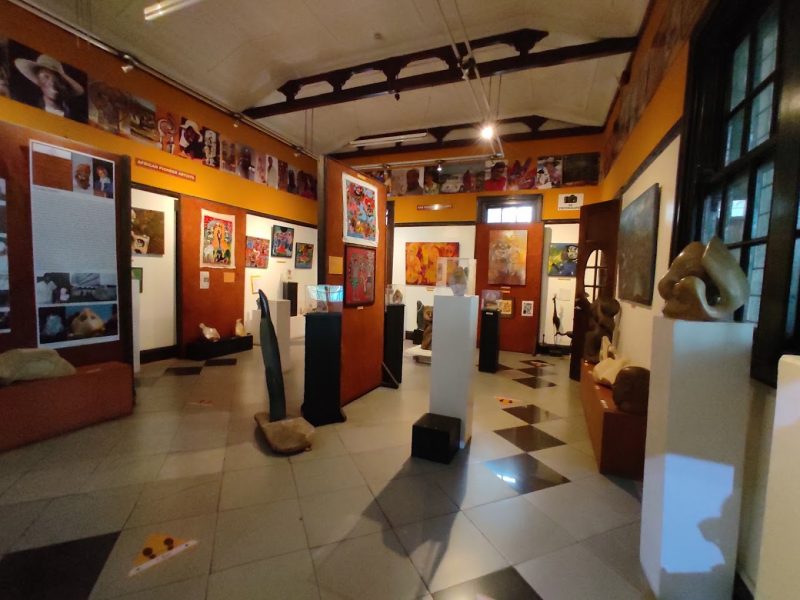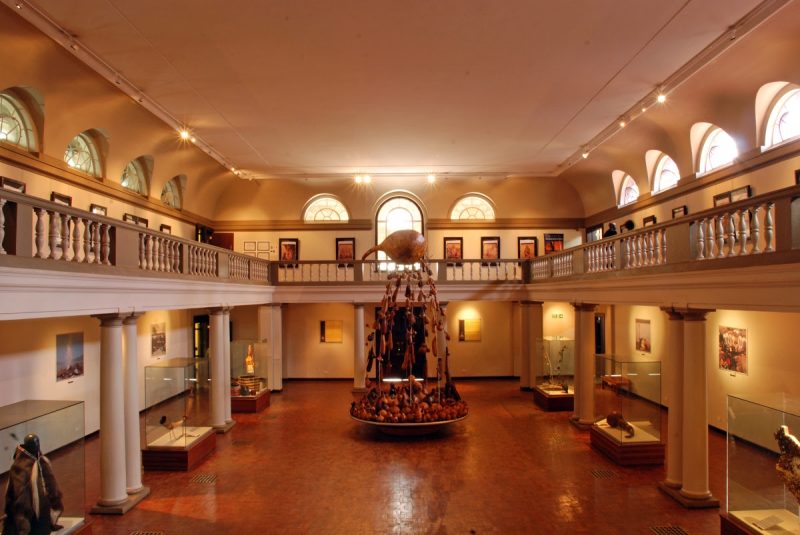11 World Famous Museums In The World
Museums serve as the guardians of history, art, and culture, offering a unique glimpse into the diverse heritage. From ancient arti facts to modern masterpieces, they provide precious resources and foster appreciation for art and history across generations. In this article, we will explore a list of famous museums. They not only stand out for their collections but also for their beauty, culture, and impact on society. We show you here the vital role that museums play in our global heritage.
1) Louvre Museum, Paris, France
The Louvre Museum is the most famous of all the museums in the world. Located in the heart of Paris, this former royal palace is home to thousands of works of art. They include the iconic Mona Lisa and the Venus de Milo. Established in 1793 during the French Revolution, the Louvre spans over 652,000 square feet. It houses a collection of ancient lives, Renaissance art, and Islamic arti facts.
Visitors to the Louvre can marvel at masterpieces from renowned artists such as Da Vinci, Raphael, and Delacroix. The museum’s glass pyramid entrance, designed by architect I.M. Pei, has become a symbol of modern architecture and a striking contrast to the historic building. With its vast collection and rich history, the Louvre attracts millions of visitors each year. It is a must-see destination for art enthusiasts.
2) The British Museum, London, England
The British Museum is the oldest and most comprehensive museum in the world, dedicated to human history, art, and culture. Founded in 1753, it boasts a collection of over 8 million objects, including the Rosetta Stone and the Elgin Marbles. The museum’s diverse range of exhibits spans ancient Egypt, Greece, Rome, and beyond, offering a global perspective on human civilization.
Located in Bloomsbury, the British Museum is renowned for its commitment to education and accessibility. It provides a plethora of resources for scholars, students, and visitors, including guided tours and interactive exhibits. Its dedication to preserving cultural heritage makes it a significant player in the museum world. This is further solidified by its status as a key educational resource.
3) The Metropolitan Museum of Art, New York City, USA
The Metropolitan Museum of Art, often referred to as The Met, is the largest art museum in the United States. It is the most visited museums in the world. Founded in 1870, it encompasses over 2 million works of art, ranging from ancient artifacts to contemporary pieces. The museum’s collection is divided into several departments, including European paintings, American art, Asian art, and more.
Located along the Museum Mile on Fifth Avenue, The Met features stunning galleries. This includes the iconic Great Hall and the breathtaking Temple of Dendur. Its annual exhibitions often draw global attention, showcasing works from renowned artists and cultures. The Met’s commitment to inclusivity and education, through programs and workshops, further solidifies its position as a cultural cornerstone in New York City.
4) The Vatican Museums, Vatican City
The Vatican Museums are a group of art and Christian museums situated within Vatican City. Founded in the early 16th century by Pope Julius II, the museums boast an extensive collection of art accumulated by the Roman Catholic Church over centuries. Highlights include the magnificent **Sistine Chapel**, adorned with Michelangelo’s breathtaking frescoes, and the Raphael Rooms, which feature stunning works by the Renaissance master.
Visiting the Vatican Museums is a spiritual and cultural journey, offering insights into the intersection of art and religion. The museums house over 70,000 artworks, many of which are masterpieces of Renaissance art. The combination of historical significance and artistic brilliance makes the Vatican Museums a vital destination for anyone interested in art and history.
5) The Rijksmuseum, Amsterdam, Netherlands
The Rijksmuseum is the national museum of the Netherlands and a treasure trove of Dutch art and history. Founded in 1800 and relocated to its current location in 1885, the museum showcases an impressive collection of over 1 million artworks, including masterpieces by Rembrandt, Vermeer, and Frans Hals. The museum’s iconic Night Watch painting by Rembrandt is a highlight that draws art lovers from around the globe.
Beyond its remarkable art collection, the Rijksmuseum also features exhibitions that explore Dutch history, culture, and craftsmanship. The museum’s dedication to education and accessibility is evident in its comprehensive educational programs and resources for visitors of all ages. With its stunning architecture and rich collections, the Rijksmuseum stands as a symbol of Dutch heritage and artistic achievement.
6) The Uffizi Gallery, Florence, Italy
The Uffizi Gallery is the most renowned art museums in the world, located in Florence, Italy. Established in the 16th century, the Uffizi houses an unparalleled collection of Renaissance masterpieces, including works by Botticelli, Michelangelo, and Da Vinci. The museum’s layout, designed by Giorgio Vasari, allows visitors to experience the evolution of art from the Middle Ages to the modern era.
The Uffizi is particularly famous for its collection of paintings, including the iconic Birth of Venus by Botticelli and The Annunciation by Leonardo da Vinci. Visitors are often captivated by the museum’s architectural beauty, which reflects the grandeur of Florence during the Renaissance. The Uffizi Gallery not only serves as a repository of art but also as a vibrant center for scholarly research and cultural exchange.
7) The National Gallery, London, England
The National Gallery is an iconic art museum located in Trafalgar Square, London. Founded in 1824, it houses a vast collection of over 2,300 paintings, representing Western European art from the 13th to the 19th centuries. The gallery features masterpieces by renowned artists such as Van Gogh, Monet, Turner, and Rembrandt, making it a must-visit for art lovers.
The National Gallery’s commitment to accessibility is commendable, as it offers free admission to its permanent collection, allowing everyone to experience the beauty of art. The gallery regularly hosts special exhibitions and educational programs, fostering a deeper understanding of the artworks and their historical context. Its central location and rich collection make it a cultural beacon in London.
8) The State Hermitage Museum, St. Petersburg, Russia
The State Hermitage Museum is the largest and oldest museum in the world, located in St. Petersburg, Russia. Founded in 1764 by Catherine the Great, the Hermitage boasts a collection of over 3 million items, including paintings, sculptures, and decorative arts. The museum is renowned for its impressive collection of European art, featuring works by Rembrandt, Da Vinci, Van Gogh, and Picasso.
The museum is housed in several historic buildings, including the Winter Palace, which was once the residence of the Russian tsars. The architectural grandeur of the Hermitage enhances the experience of exploring its vast collections. With its dedication to preserving and showcasing art from around the globe, the Hermitage is a cultural treasure that attracts millions of visitors each year.
9) The Museo del Prado, Madrid, Spain
The Museo del Prado is Spain’s premier art museum, renowned for its extensive collection of European art, particularly Spanish masterpieces. Founded in 1819, the museum houses works by legendary artists such as Velázquez, Goya, and El Greco. The collection includes over 8,000 paintings, making it one of the most important art museums in the world.
Highlights of the Prado include Velázquez’s Las Meninas and Goya’s The Third of May 1808. The museum’s dedication to education is evident through its numerous educational programs and exhibitions that delve into the lives and works of the artists featured in its collection. The Prado is not only a repository of art but also a centre for research and cultural enrichment.
10) The National Gallery of Art, Washington D.C., USA
The National Gallery of Art is a significant cultural institution located on the National Mall in Washington D.C. Established in 1937, it features an extensive collection of American and European art, ranging from the Middle Ages to the present. The museum is divided into two buildings: the West Building, which houses European art, and the East Building, dedicated to modern and contemporary art.
The National Gallery of Art is known for its impressive collection of paintings by artists such as **Monet**, **Van Gogh**, and **Jackson Pollock**. The museum offers free admission and a variety of educational programs, including lectures, workshops, and guided tours. Its commitment to accessibility and community engagement makes it a vital part of the cultural landscape of the nation’s capital.
11) The Museum of Modern Art, New York City, USA
The Museum of Modern Art is the most influential modern art museum in the world. Established in 1929, it is dedicated to showcasing modern and contemporary art, featuring an extensive collection of paintings, sculptures, photography, and design. Notable works in MoMA’s collection include pieces by Picasso, Warhol, and Kandinsky.
MoMA is known for its innovative exhibitions and commitment to education. The museum offers a variety of programs, including film screenings, workshops, and lectures, making art accessible to a diverse audience. MoMA’s role in promoting modern art and fostering appreciation for contemporary creators solidifies its place as a cultural leader in New York City.
Wrapping up
Museums are vital institutions that preserve our cultural heritage and foster understanding through art and history. From the grandeur of the Louvre to the innovation of MoMA, each of these world-famous museums offers a unique experience. They enrich our knowledge and appreciation of the arts. As we continue to explore and engage with these remarkable institutions, we gain a deeper understanding of the human experience and the diverse narratives that shape our world.
Art lovers, history buffs, or simply someone seeking to explore the rich ness of human minds, visiting these museums. They provide an opportunity to connect with the past for the future generations. We cannot over state the importance of museums in our society. They serve not only as safes of arti facts but also as vital centres for education, engagement, and culture exchange.

